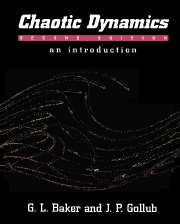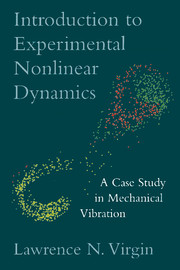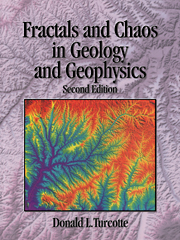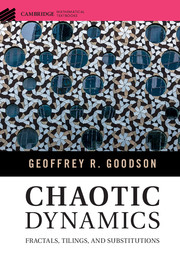Chaotic Dynamics
The previous edition of this text was the first to provide a quantitative introduction to chaos and nonlinear dynamics at undergraduate level. It was widely praised for the clarity of the writing and for the unique and effective way in which the authors presented the basic ideas. These same qualities characterise this revised and expanded second edition. Interest in chaotic dynamics has grown explosively in recent years. Applications to practically every scientific field have had far-reaching impact. As in the first edition, the authors present all the main features of chaotic dynamics using the damped, driven pendulum as the primary model. This second edition includes additional material on the analysis and characterisation of chaotic data, and applications of chaos. This new edition of Chaotic Dynamics can be used as a text for courses on chaos for physics and engineering students at the second and third year level.
- New edition of a best-selling text that has sold more than 16,000 copies in paperback since 1990
- Jerry Gollub is one of the best known figures in the field
- There is still no other title on this subject at such an elementary level
Reviews & endorsements
"The advantages of the book are the clarity of the writing and the unique and effective way in which the basic concepts are introduced." Sergei A. Dovbysh, Mathematical Reviews
Product details
January 1996Paperback
9780521476850
272 pages
235 × 191 × 15 mm
0.47kg
114 b/w illus. 3 tables 76 exercises
Available
Table of Contents
- 1. Introduction
- 2. Some helpful tools
- 3. Visualization of the pendulum's dynamics
- 4. Toward an understanding of chaos
- 5. The characterization of chaotic attractors
- 6. Experimental characterization, prediction, and modification of chaotic states
- 7. Chaos broadly applied
- Further reading
- Appendix A. Numerical integration – Runge-Kutta method
- Appendix B. Computer program listings
- References
- Index.






